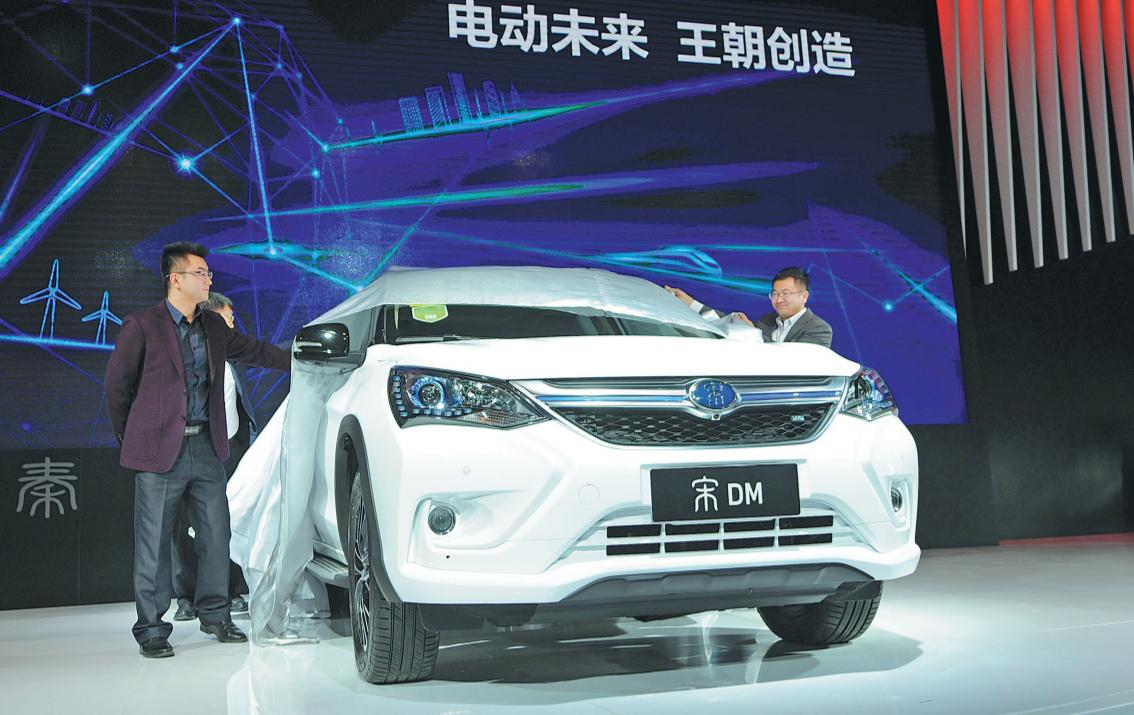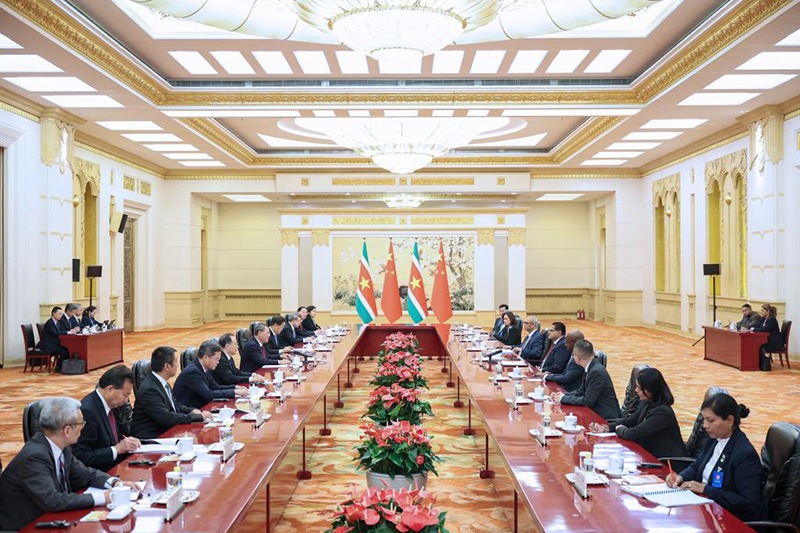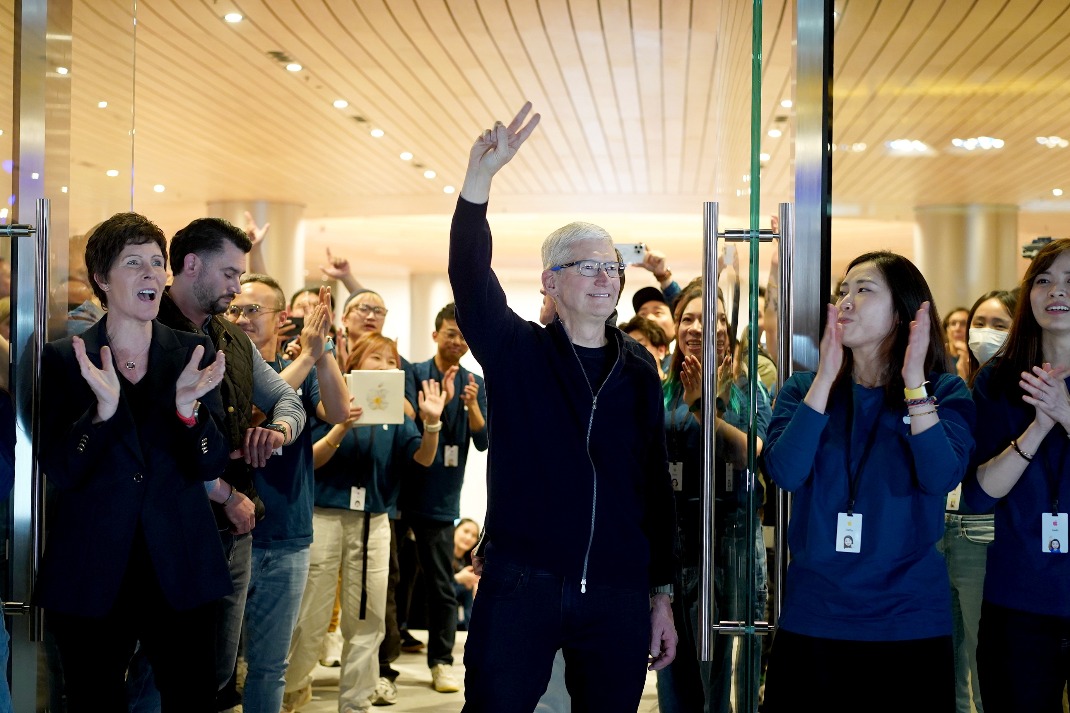Subsidy tweak benefits longer-range cars


Incentives reduced for uncompetitive players, increased for successful ones
China has adjusted subsidies for its fast-growing new energy car sector to encourage offerings with longer mileages, in the latest efforts to improve competitiveness and ensure high-quality development.
A range of 300 kilometers on one charge is now the benchmark to gauge whether electric vehicles will receive more subsidies from the 2017 levels, according to the plan compiled by the Ministry of Finance, the Ministry of Industry and Information Technology, the Ministry of Science and Technology and the National Development and Reform Commission.
Specifically, electric passenger cars with a range of 400 km and above on one charge will receive the most subsidies, increasing to 50,000 yuan ($7,885), a rise of almost 14 percent from the 2017 level. Models with a range from 300 km to 400 km will see their subsidies grow more than 2 percent to 45,000 yuan.
But subsidies for those with a mileage from 150 km to 300 km are to be cut by varying degrees and those that run less than 150 km on one charge, which were entitled to receive a subsidy of 20,000 yuan last year, will no longer be eligible for incentives at all.
Subsidies for plug-in hybrid passenger cars will fall around 8 percent to 22,000 yuan.
Financial incentives for electric buses, trucks and special-use vehicles will also fall from the 2017 level, according to the plan.
The plan came into force in early February, but the central authorities have extended the eligibility of cars qualified for the 2017 standards up until June, before which they can still receive a chunk of subsidies based on the old system.
Besides subsidies from the central government, local authorities have been offering incentives too.
But starting from 2018, more and more local subsidies will be spent on facilitating the use of new energy cars, including building charging infrastructure, according to the plan.
China has been offering financial incentives for new energy vehicles since 2010 to stimulate popularity and growth, but the government has decided to withdraw them by the end of 2020.
Bloomberg reported that the subsidies had cost the Chinese government 59 billion yuan as of 2015, with a further 83 billion yuan set aside for 2016 and 2017.
The cuts have been received positively by industry insiders, who say the move is helpful for the sector as a whole in the long run.
Wu Zhixin, vice-president of the China Automotive Technology & Research Center, said subsidy cuts will see small and uncompetitive players wiped out faster than expected but outstanding performers would not be affected much.
"Good-selling brands have good bargains from suppliers, and some are raising the prices of their cars a little bit, but the customers still love them," Wu said.
Ron Zheng, a Shanghai-based partner with consultancy firm Roland Berger, expects new energy car sales to grow at a decent pace this year.
"Buyers will see a higher price, but it will not have a big impact because most of them live in large cities where gasoline car license plates are hard to obtain."
Carmakers have been long prepared for gradual cuts in subsidies and their total withdrawal by the end of the decade.
BYD Co said cutting subsidies is a necessary step before the policy that carmakers must produce a certain number of new energy cars per year comes into effect in 2019.
"It may trigger a reshuffle of the industry but with the new policy the segment of new energy passenger cars will see greater growth potential and their technological levels will rise as well," BYD said in an earlier statement.
At a recent forum on new energy cars in Beijing, Xi Zhongmin, deputy general manager at GAC New Energy Co, said, "New energy cars must join real competition (if they want to survive), so carmakers should seize opportunities to develop competitive products as the government is forcing the sector to move upwards."
China has been the world's largest market for new energy cars since 2015.
Statistics from the China Association of Automobile Manufacturers show that more than 777,000 units were sold domestically in 2017, a 53 percent increase year-on-year.
The association estimated that new energy car sales would grow at around 40 percent to exceed 1 million units this year.




































